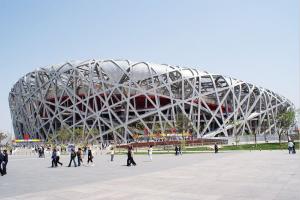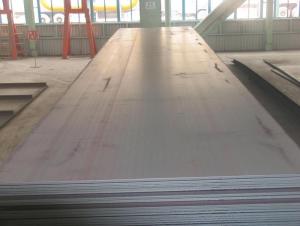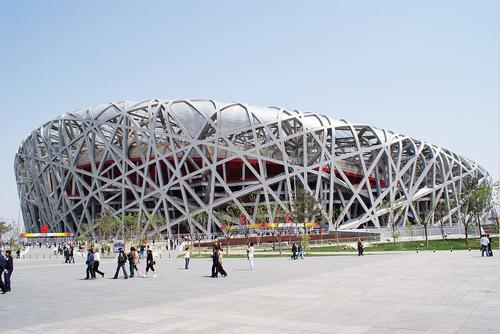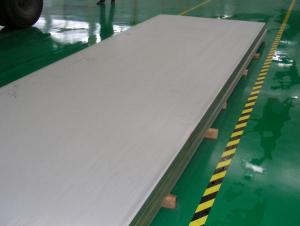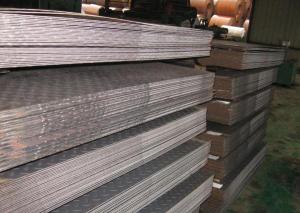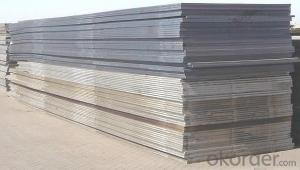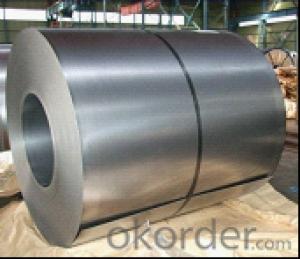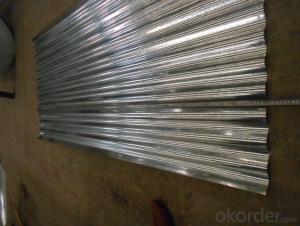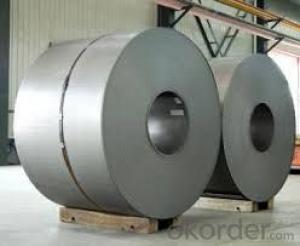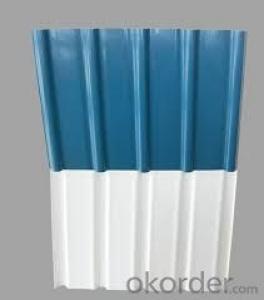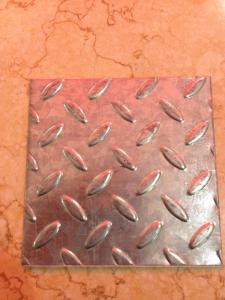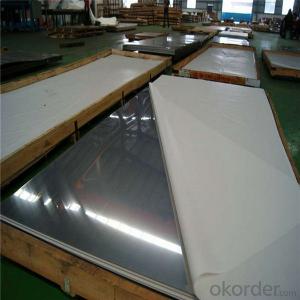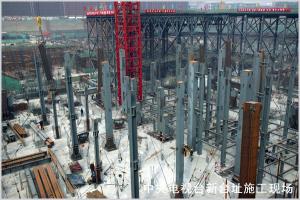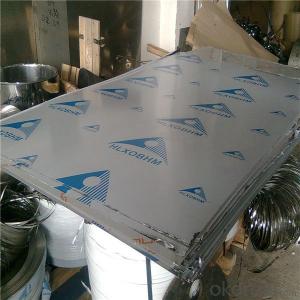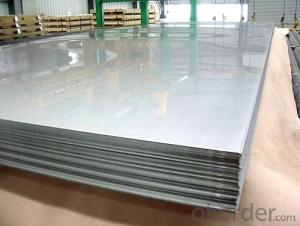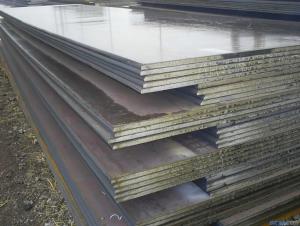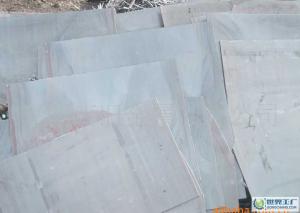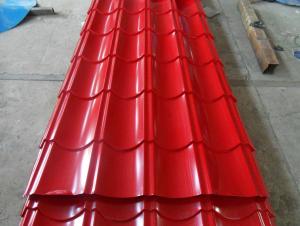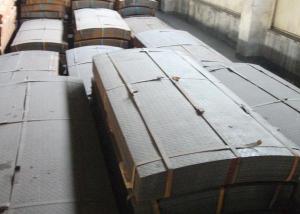The A537CL2 container steel plate production
- Loading Port:
- China Main Port
- Payment Terms:
- TT OR LC
- Min Order Qty:
- -
- Supply Capability:
- -
OKorder Service Pledge
OKorder Financial Service
You Might Also Like
A537CL2 plate A537CL2 vessel plate
The A537Cl2 container plate is a large class of steel in
Container board with the composition and properties of special mainly be used forpressure vessel use, in use, temperature, corrosion of the different, container board material should be used, are not the same.
Heat treatment: hot rolling, controlled rolling, normalizing, normalizing + tempering,quenching tempering + (quenching and tempering)
Such as: Q345R, 16MnDR, 14Cr1MoR, 15CrMoR, 09MnNiDR, 12Cr2Mo1R, Q345R(HIC), 07MnCrMoVR, 13CrMo44,13MnNiMo54
Above is China brands, foreign brands are also many.
Such as: SA516Gr60, SA516Gr65, SA516Gr70, P355GH, P265GH and so on.
The main content of the new and old standards for control of boiler and pressure vessel steel plate
Container board Q345R delivery status description
Common delivery state are the following:
Quenching is heated to the temperature of phase transformation point: after theabove process, rapid cooling. To improve the hardness of the material, but decreases the toughness.
Normalizing: heating to above the phase transition temperature, normal cooling(air).
Annealing is heated to a temperature above the transformation point: after slow cooling. To eliminate the quenching effect, eliminate stress, uniform composition.
Tempering: after quenching, and then heated to a temperature (below thequenching temperature), insulation, and then cooling. Uniform in composition,slightly lower hardness, greatly improve the toughness.
In general: the first annealing, normalizing heat treatment to eliminate the effect ofthe original. And then quenching, tempering.
- Q: What is the difference between a laminated and non-laminated steel sheet?
- A laminated steel sheet is a type of steel sheet that is manufactured by bonding multiple layers of steel together, typically with a layer of adhesive or resin in between. This lamination process enhances the strength and durability of the steel sheet, making it more resistant to bending, impact, and corrosion. The lamination also helps to reduce noise and vibration when the steel sheet is used in applications such as automotive bodies or construction materials. On the other hand, a non-laminated steel sheet is a single layer of steel that has not undergone the lamination process. While non-laminated steel sheets are still strong and durable, they may not possess the same level of resistance to bending, impact, and corrosion as laminated steel sheets. Non-laminated steel sheets are commonly used in various applications such as roofing, siding, and general fabrication. The main difference between laminated and non-laminated steel sheets lies in their structural composition and properties. Laminated steel sheets offer enhanced strength, durability, and resistance to various forces, making them well-suited for demanding applications where structural integrity is crucial. Non-laminated steel sheets, on the other hand, are more cost-effective and suitable for applications where high strength and durability are not the primary requirements.
- Q: What is the difference between a coated and uncoated stainless steel sheet?
- A coated stainless steel sheet refers to a stainless steel sheet that has been coated with a protective layer or finish, which could be a polymer or another material. This coating serves to enhance the sheet's resistance to corrosion, scratches, and other forms of damage. The coating also provides a decorative or aesthetic appeal, as it can come in different colors or textures. On the other hand, an uncoated stainless steel sheet refers to a stainless steel sheet that does not have any additional protective layer or finish. It is in its natural state, with its inherent properties and characteristics. Uncoated stainless steel sheets are known for their high resistance to corrosion, durability, and strength. They are commonly used in applications where their natural properties are sufficient to withstand the intended environment. The main difference between coated and uncoated stainless steel sheets lies in their protective properties and appearance. Coated stainless steel sheets offer an extra layer of protection against corrosion and damage, making them suitable for environments where there is a higher risk of exposure to harsh conditions or corrosive substances. They also provide a wider range of design options due to their variety of coatings. Uncoated stainless steel sheets, on the other hand, are preferred in applications where the natural properties of stainless steel are sufficient to meet the requirements. They are often used in architectural and structural applications, as well as in industries such as food processing, pharmaceuticals, and medical equipment, where hygiene and durability are essential. In summary, the difference between a coated and uncoated stainless steel sheet lies in the additional protective layer and aesthetic options offered by the coating. Coated stainless steel sheets provide enhanced resistance to corrosion and damage, as well as a wider range of design choices, while uncoated stainless steel sheets rely on their inherent properties for durability and strength. The choice between the two depends on the specific application and the desired balance between protection, aesthetics, and cost.
- Q: What are the different storage methods for steel sheets?
- There are several different storage methods for steel sheets, depending on the specific requirements and space availability. Here are some commonly used storage methods: 1. Flat storage: This is the most basic method where steel sheets are stored horizontally on a flat surface, such as the floor or metal racks. It is suitable for small quantities or when the sheets are not too heavy. 2. Vertical storage: Steel sheets can be stored vertically by placing them against a wall or by using specially designed vertical racks. This method saves floor space and allows for easy access and identification of different sheet sizes. 3. Cantilever racks: These racks have horizontal arms that extend outward from a vertical column, providing support for steel sheets placed on them. Cantilever racks are ideal for storing long and heavy steel sheets, as they allow for easy loading and unloading using forklifts or cranes. 4. Roll-out racks: These racks have rollers or ball bearings that allow steel sheets to be easily rolled in and out, similar to a drawer. Roll-out racks are useful when frequent access to different sheets is required, as they provide good visibility and easy retrieval. 5. A-frame racks: A-frame racks have angled arms that support steel sheets in a slanted position, resembling the letter "A." This method is suitable for storing large quantities of steel sheets and provides easy access while keeping them organized. 6. Automated storage and retrieval systems (AS/RS): These systems use computer-controlled mechanisms to automatically store and retrieve steel sheets. AS/RS can be designed as vertical lift modules or robotic systems, maximizing storage capacity and efficiency. It is important to consider factors such as sheet size, weight, accessibility, and safety when choosing the appropriate storage method for steel sheets. Adequate measures should also be taken to protect the sheets from moisture, dust, and other environmental factors that could potentially affect their quality.
- Q: What are the color options for steel sheets?
- The color options for steel sheets vary depending on the specific type of coating or finish applied. Common color options include white, black, gray, blue, green, red, and metallic shades such as silver and gold. Additionally, custom colors can be achieved through processes like powder coating or painting.
- Q: Are steel sheets suitable for railway carriages?
- Yes, steel sheets are suitable for railway carriages. They provide strength, durability, and resistance to wear and tear, making them an ideal choice for the construction of railway carriages.
- Q: What is the average lifespan of a painted steel sheet?
- The average lifespan of a painted steel sheet can vary depending on various factors such as the quality of the paint, the type of environment it is exposed to, and the level of maintenance. However, in general, a properly coated and maintained painted steel sheet can last anywhere between 20 to 30 years or even longer.
- Q: Can steel sheets be used for manufacturing musical instruments?
- Yes, steel sheets can be used for manufacturing certain musical instruments such as steel drums, steel guitars, and some percussion instruments.
- Q: Can steel sheets be heat treated for increased hardness?
- Yes, steel sheets can be heat treated to increase their hardness. Heat treatment is a process used to alter the physical and mechanical properties of steel, including hardness. The most common heat treatment method used for increasing the hardness of steel sheets is called quenching and tempering. During this process, the steel sheets are heated to a high temperature and then rapidly cooled by quenching in a suitable medium, such as oil or water. This rapid cooling helps to transform the steel's microstructure, resulting in increased hardness. However, this sudden cooling can also introduce internal stresses in the steel, making it brittle. To overcome this brittleness, the quenched steel sheets are then tempered by reheating them to a specific temperature and holding it for a certain period of time. Tempering allows the steel to regain some of its ductility while retaining the desired hardness. It is important to note that the specific heat treatment process and parameters used for steel sheets depend on the composition and intended application of the steel. Different steel alloys require different heat treatment processes, and the temperature and time parameters may vary accordingly. Therefore, it is crucial to consult with an expert or refer to the steel's technical specifications to determine the appropriate heat treatment process for achieving the desired hardness.
- Q: Can steel sheets be used in construction projects?
- Yes, steel sheets can definitely be used in construction projects. They are commonly used for various applications such as roofing, walls, flooring, and structural framework due to their strength, durability, and versatility. Steel sheets offer excellent load-bearing capacity, fire resistance, and resistance to environmental factors, making them a popular choice in both residential and commercial construction projects.
- Q: Can steel sheets be used in food processing industries?
- Yes, steel sheets can be used in food processing industries. Stainless steel sheets are commonly used in food processing industries due to their many beneficial properties. Stainless steel is resistant to corrosion, which is essential in an environment where food is processed, as it prevents contamination and ensures the safety of the final product. Steel sheets are also easy to clean and maintain, making them ideal for use in industries where hygiene is of utmost importance. Additionally, stainless steel is non-reactive to food, meaning it does not leach any harmful chemicals into the processed food. Steel sheets are versatile and can be used for various applications in food processing industries, such as countertops, worktables, shelving, and equipment surfaces.
Send your message to us
The A537CL2 container steel plate production
- Loading Port:
- China Main Port
- Payment Terms:
- TT OR LC
- Min Order Qty:
- -
- Supply Capability:
- -
OKorder Service Pledge
OKorder Financial Service
Similar products
Hot products
Hot Searches
Related keywords
